Review of Warrior, The
Introduction
When I placed the Warrior disc into my DVD player and the disc started to play, I`m not ashamed to admit that something of a tear welled up in my eye. It wasn`t the movie, that hadn`t started yet, but it was the FilmFour logo that got the old lip aquivering. It hasn`t been too long since Channel 4`s film production division kicked the proverbial bucket, but already it is a loss that I find lamentable. In recent years, it provided an organised home-grown alternative to Hollywood fare, and many of the films that came from its stables were ground breaking and showcased brilliant emerging talent, as well as financially lucrative. Films such as Four Weddings or Trainspotting defined a generation. Alas, Channel 4 recently decided to close down its film division and what many had considered a sign of British cinema`s vitality ceased to exist. Whether it was the attempt to compete with Hollywood on its own turf with similar budgets, a la Charlotte Gray, or the increasingly competitive television market that prompted the cutback, the fact remains that with the loss of FilmFour, it`s hard to imagine where the next big British hit will come from.
The Warrior is director, Asif Kapadia`s first feature film. Based loosely on a Japanese fable, The Warrior is set in and filmed totally on location in India, specifically the deserts of Rajasthan and the mountains of the Himalayas in Himachal Pradesh.
Lafcadia is the warrior of the title and is the leader of a band of cutthroats, whose job is to enforce the will of a local landowner. When the landowner is owed money or is offended, it falls on these warriors to act as his enforcers and to destroy and pillage at his whim. It`s during one of these acts of murder that Lafcadia experiences an epiphany. He finds himself unable to commit further acts of violence and renounces his sword, vowing never to fight again. The Lord is unwilling to countenance anyone leaving his service and exacts a horrific vengeance. Lafcadia flees to his homeland of Kullu in the mountains, but can he escape the legacy of his actions?
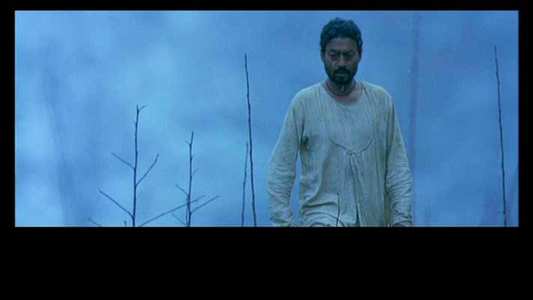
Video
This is an unusual format. The original film was filmed in 2.35:1 and that is how it is reproduced here. But strangely, the image fills the top of the screen and the lowest quarter of the screen is left black. It`s into this thick black bar that the subtitles are burned in. You do not have a choice whether to select them or not. Technically, I suppose that this format is the same as any other 2.35:1 anamorphic transfer, but I found that having the image at the top made it seem smaller somehow. Irrational, but there you are. There is a slight hint of grain throughout, but it doesn`t at any time distract from the film the way that the unusual aspect ratio does. Asif Kapadia`s first feature is strikingly directed, with the images telling the story far more than the dialogue. Rajasthan and Himachal allow for some breathtaking cinematography and some majestic and lavish imagery. Filmed on location in India also allows for the copious use of extras, and thus the film looks as if it has a bigger budget. This film is a feast for the senses.
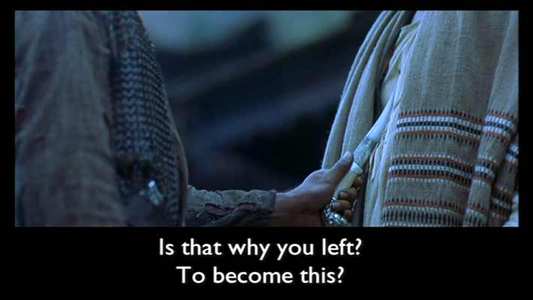
Audio
The Warrior comes with a DD 5.1 Hindi track. The sound is well designed, conveying the atmosphere of the film with style. The music as composed by Dario Marianelli is truly haunting, and serves the story well. The film focuses more on imagery than dialogue, with much of the story related by reaction or interaction rather than exposition.
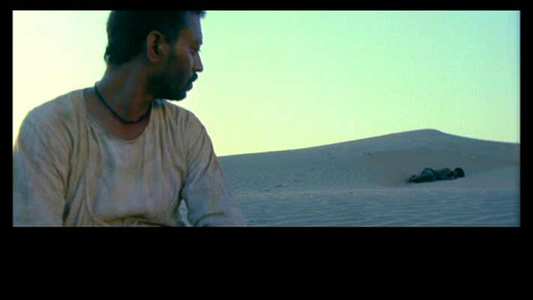
Features
The special features on this disc are substantial indeed. Beginning with the ubiquitous trailer, this is accompanied by five trailers for other FilmFour productions. There is a short 2-minute featurette, which are the usual trailer plus interview snippets that I have come to expect from DVDs.
However, The Making of the Warrior is a 44-minute documentary, which comprehensively does what it sets out to. From the script to the final release of the film, it provides a glimpse of what exactly was done to make this film and is a refreshingly straightforward insight into the filmmaking process.
There are some deleted scenes, over an hour of deleted scenes. To clarify, as well as showing the scenes that were excised from this film, there are also some alternate cuts of scenes, showing why the director recut the scene and how he was playing with different ideas. Particularly fascinated is the alternate beginning (as opposed to alternate endings that usually end up on DVDs). This is presented as a 1hr block with commentary from the director throughout. I would have preferred to select the scenes separately from a menu, but at least the material is here.
Asif Kapadia also provides the commentary for the film, and it is interesting and pertinent. It is particularly focussed on the filmmaking aspect and as a result does come across as quite technical, but it is never jargon laden. Very good.
A final bonus is The Sheep Thief, a 24-minute short film by the Director.
Unfortunately the extras lack subtitles.
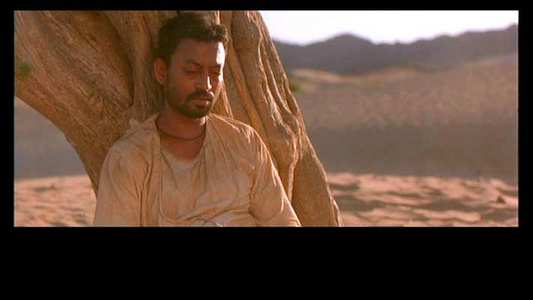
Conclusion
If you are expecting a Hindi film to equal Bollywood, think again. Bollywood fans will be dismayed by the 87-minute running time, the lack of lavish musical numbers, the absence of costume changes. The Warrior is as far as you can get from traditional Hindi cinema as you can. Essentially a European director`s vision of a Japanese fable, it finds a perfect home in the Rajasthani desert. The story at its most fundamental is a universal and resonates with all audiences. It could have been filmed practically anywhere, but the Indian setting gives it a sense of majesty and tradition that is all its own.
Irfan Khan, plays The Warrior and is perfect in the role. He has to carry the whole movie himself, and his performance is more than adequate. He underplays the role and his expressive face does more to tell the story than any amount of exposition could. He is eminently watchable and for me is the best thing about this film. The rest of the cast is made up of mostly unknowns, but they are all strong enough to support Khan. Noor Muni, who before this film actually lived on the streets, plays the Thief. Yet his performance is impressive against Khan and he is rightly building a film career in India. A real blacksmith plays the Blacksmith. The performances are all sound and bring an honesty to the film that is refreshing.
As I watched the Warrior leave behind his violent legacy due to a mystical vision, and embark on a spiritual journey of redemption, I was reminded of many of the mythical stories that are current in every culture. The warrior encounters all manner of characters in his search for penance, but it was when he encountered the Blind woman journeying to the holy lake that I was strongly reminded of Greek legends. This is story telling at its best. Asif Kapadia`s strong direction is used to best effect to convey the feelings and emotions of the characters with little or no dialogue. However, therein lies the drawback. The Warrior`s story is thin indeed and barely fills the 87-minute running time. The majestic cinematography and the outstanding performances do a lot to balance that, and when the film finishes you appreciate the emotional journey that you have travelled. It`s just that the lack of subtext and plot in the script leaves you wanting more. Nevertheless, this is an outstanding first feature from Kapadia, and it`s well worth a look. The disc is a mixed bag. It`s loaded with extras, but the unusual picture format, and burned in subtitles is disappointing.
On a personal note, I`m grateful for this film for my first look at Kullu. My father has always regaled me with tales of the time he spent living and working in the mountains, and having finally seen the stunning beauty of Kullu, my first question was, "You left that, for London? Were you nuts?"
So enjoy the majestic splendour of The Warrior, and raise a glass in memory of FilmFour, you`ll be sorely missed.
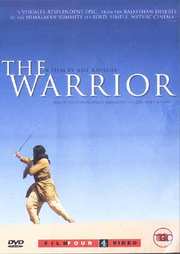
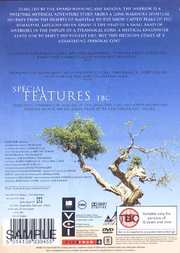




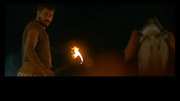
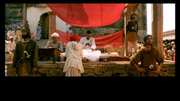
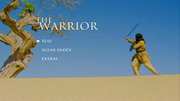

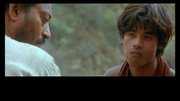
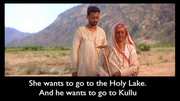
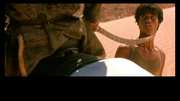
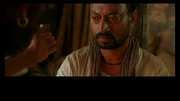
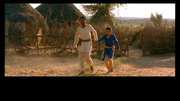
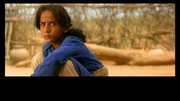
































Your Opinions and Comments
Be the first to post a comment!